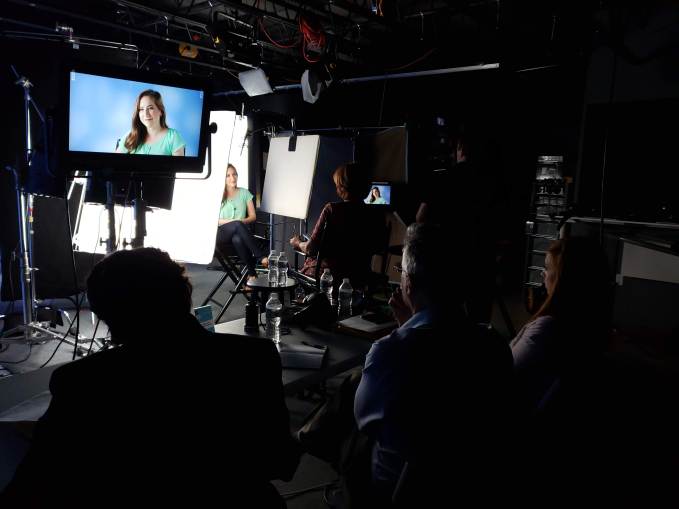 Whether you host a podcast or are creating video content, interviewing is essential. Here are some of my experiences and tips for working with VIPs, Celebrities and Experts.
Whether you host a podcast or are creating video content, interviewing is essential. Here are some of my experiences and tips for working with VIPs, Celebrities and Experts.
Some of the most nervous and challenging subjects I’ve worked with on camera are celebrities, CEOs and subject matter experts. These are the very people you’d think are fairly comfortable in front of cameras. Yet it’s worth remembering that not every celebrity loves cameras. The reasons can vary widely, and it’s useful if you can do your homework to be prepared.
For example, I once interviewed a brilliant scientist who shared in our pre-interview that he had ADHD, a condition which had eventually led him to a career in science to unlock the genetic secrets of the human condition. This scientist admitted that he was unlikely to stay focused for more than five minutes at a time. He was right. I had to let him get up and check on experiments and talk to colleagues in between every question. Flexibility is sometimes the key to a happy interviewee, and thus a better interview.
A brilliant conductor was another fascinating and tricky interview subject. Having worked with her for many years, I was not surprised that she almost directed our production from her seat. Allowing an expert to feel in control is often a key to creating a successful interview dynamic, even though you are always keeping track of the story arc and important points you want and need to draw out for your particular audience.
I once worked with a Very Famous TV Personality whose name shall not be included here. That’s because her on-screen bouncy persona was a far cry from her real approach, which was difficult and anxious. Her assistant was equally challenging. We had to do many takes, some of which I had to carefully cajole out of her, because I realized no one on her team was willing to admit to her that she had made some mistakes. Yet I knew that she would want a perfect take, and wouldn’t approve anything less (and frankly, neither would I). When conducting interviews with experts, VIPs and celebrities, part of your job is also managing feelings, and managing the managers.
As an interviewer, director or producer, you need to be ready for everything. Your best weapon is knowledge. Your second is patience. And for challenging VIP’s, the crew or tech team needs to be 100% on their toes, with no chit-chat. Everyone needs to exude the confidence that you will make this person look and sound their absolute best.
This blog post is partially excerpted from my content creator’s guide The Producer’s Playbook: Real People on Camera (Routledge Press).

















